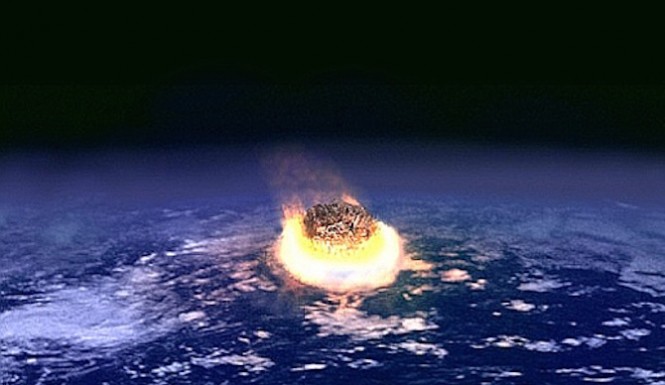NASA refutes claims of asteroid hitting Earth next month
In reality, NASA does indeed keep track of what it labels as “Potentially Hazardous Asteroids”, but has found “no asteroids or comets observed that would impact Earth anytime in the foreseeable future”.
According to the manager of NASA’s Near-Earth Object office, Paul Chodas, there is absolutely no scientific proof that such a harming celestial object will cause mayhem on our planet.
Apparently, someone watched too much Armageddon and Deep Impact that they believe this asteroid is going to hit Puerto Rico sometime between September 15th and 28th, which will destroy the Atlantic and Gulf coast of the US and Mexico, as well as Central and South America.
If there is any asteroid on its way to earth, Chodas and his colleagues would come to know about it well in advance.
“If there were any object large enough to do that type of destruction in September, we would have seen something of it by now”, he added.
The reports are so viral that NASA is responding, trying to flush that rumor.
Astronomers based at the Near-Earth Object office in Pasadena, Calif., uses a variety of telescopes to look for potentially risky asteroids, comets or any other celestial body. In fact, NASA’s Near-Earth Object Observations Programme has recorded a 0.01% chance of any destructive asteroid to collide with our planet in the next century.
In 2011 there were rumours about the so-called “doomsday” comet Elenin, which never posed any danger of harming Earth and broke up into a stream of small debris out in space.
“There is no asteroid threatening Earth”, NASA declared in a press release issued Tuesday afternoon.
This years’ conspiracy theories might have begun when asteroids 2004 BL86 and 2014 YB35 flew past the earth last January and March respectively.
“Again, there is no existing evidence that an asteroid or any other celestial object is on a trajectory that will impact Earth”, said Chodas.
NASA spends around million a year tracking asteroids and other near-Earth objects, both for research purposes and to make sure that killer space objects doesn’t catch us by surprise.
This view of Earth comes from NASA’s Moderate Resolution Imaging Spectroradiometer aboard the Terra satellite.








